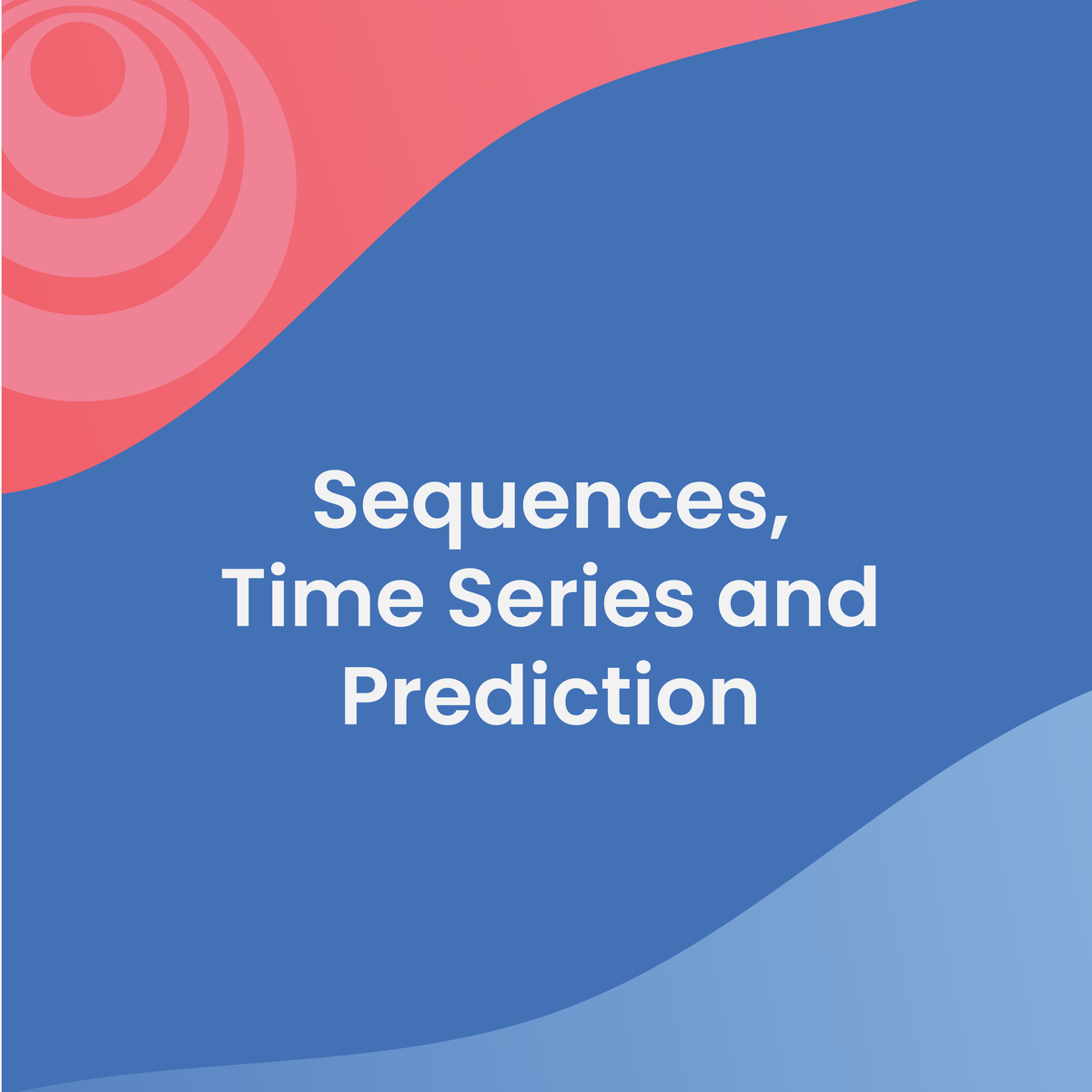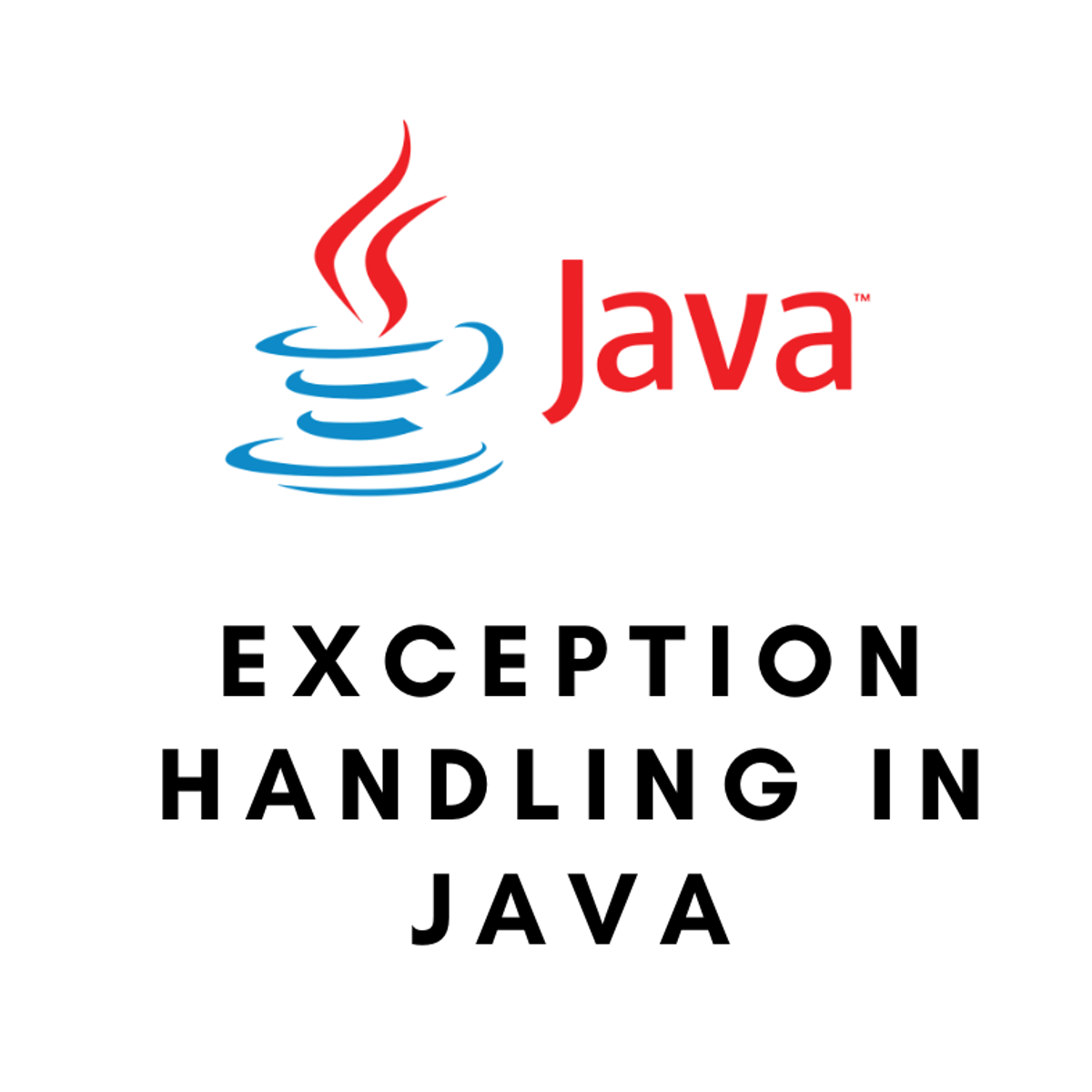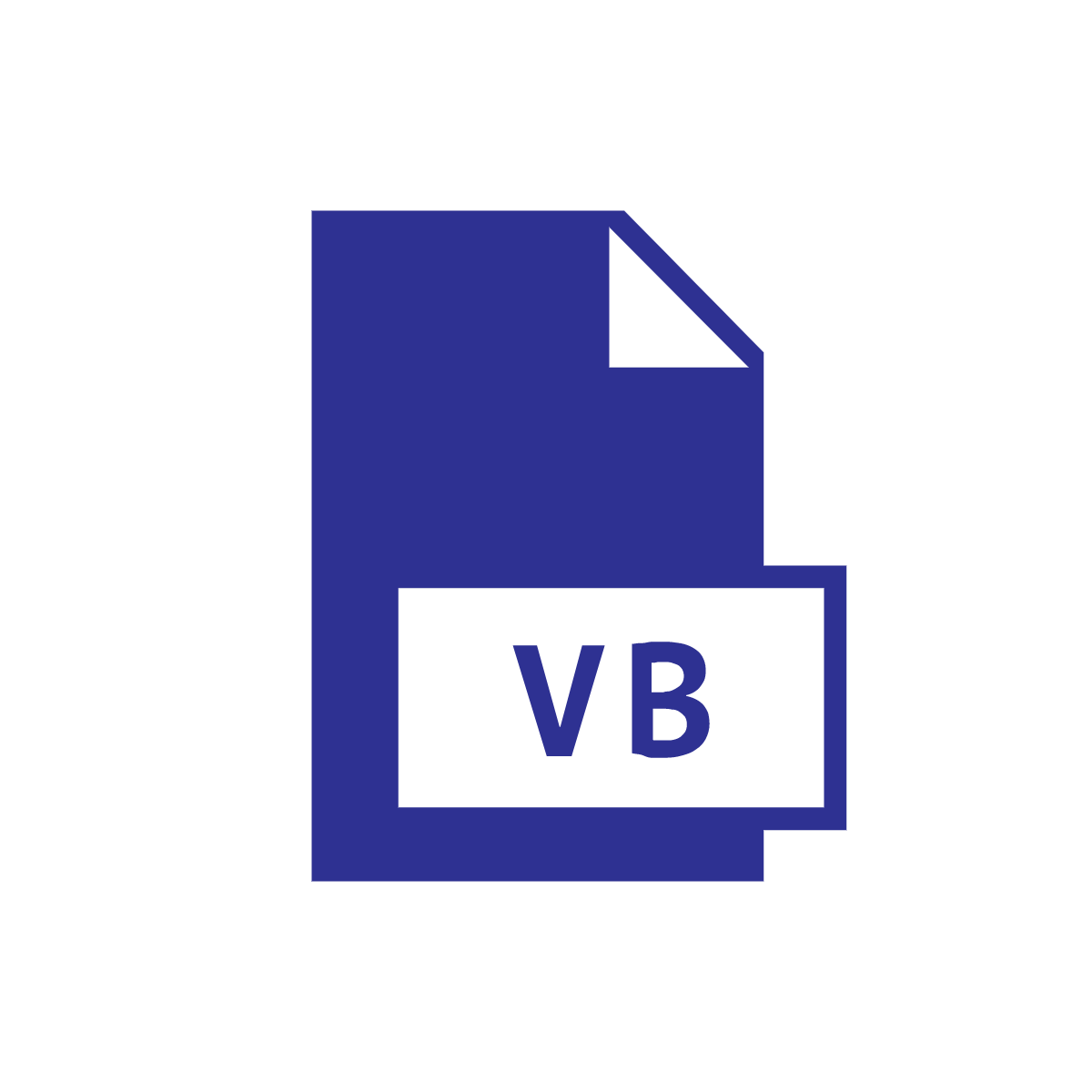Back to Courses









Software Development Courses - Page 48
Showing results 471-480 of 1266

Introduction to UI Design
In this course, you will gain an understanding of the critical importance of user interface design. You will also learn industry-standard methods for how to approach the design of a user interface and key theories and frameworks that underlie the design of most interfaces you use today.
Through a series of case studies on commercial systems - many of which you likely use on a regular basis - we will illustrate the benefits of good design. We will also demonstrate how the costs of bad design can often be severe (in user experience, money, and even human lives).
You will then gain a high-level understanding of the user-interface design process. You will be introduced to common design scenarios - e.g. improving on existing designs and starting a new design from scratch - and the general design processes that tend to be used for each scenario.
Finally, we will begin introducing the large body of existing knowledge on design by providing overviews of core user interface design theories and concepts. This key foundational information will help you avoid “reinventing the wheel” when you are designing your interfaces in this specialization.

Sequences, Time Series and Prediction
If you are a software developer who wants to build scalable AI-powered algorithms, you need to understand how to use the tools to build them. This Specialization will teach you best practices for using TensorFlow, a popular open-source framework for machine learning.
In this fourth course, you will learn how to build time series models in TensorFlow. You’ll first implement best practices to prepare time series data. You’ll also explore how RNNs and 1D ConvNets can be used for prediction. Finally, you’ll apply everything you’ve learned throughout the Specialization to build a sunspot prediction model using real-world data!
The Machine Learning course and Deep Learning Specialization from Andrew Ng teach the most important and foundational principles of Machine Learning and Deep Learning. This new deeplearning.ai TensorFlow Specialization teaches you how to use TensorFlow to implement those principles so that you can start building and applying scalable models to real-world problems. To develop a deeper understanding of how neural networks work, we recommend that you take the Deep Learning Specialization.

Create a Simple Checkpoint System with C# in Unity
Checkpoints are prevalent in racing and adventure games. In adventure games, they provide a fallback point to which a player can return when the challenges of the game gets rough, and in racing, they can provide additional time to complete a circuit.
In this one-hour, project-based course, you'll learn how to respawn a player to a saved checkpoint. You'll also update the saved location when a player reaches a new checkpoint, and save the checkpoint location to PlayerPrefs for easy reloading at the next gaming session.
The guided project will introduce you to the following Unity concepts:
- Transforms
- Triggers
- PlayerPrefs
- String-manipulation

Exception Handling in Java
By the end of this project, you will have an understanding of error and exception handling in java. Once you have a beginner's knowledge of java programming and start coding you may find that something disrupts the normal flow of the program you have built. You may find yourself with errors in your code. This course will provide students with the knowledge behind exception handling in java and show how to write high-quality code to ensure that if your java program encounters a situation that it cannot cope with that the right procedures are in place to provide meaningful information and deal with those errors.
Thus, ensuring that your code is efficient and robust is an essential aspect of writing high-quality code. This project will take students through a number of examples demonstrating several of the most useful java exceptions. You will gain an understanding of exception handling in java from the in-depth examples provided.
Note: This course works best for learners who are based in the North America region. We’re currently working on providing the same experience in other regions.

Javascript animation for websites, storytelling, data visualization and games
In this course, we’ll guide you through a series of hands-on projects. You’ll build your own animations used in telling stories, in conveying data for presentations and in simple games for motivating kids. Everything will be done using only HTML, CSS and Javascript (ES6), so you’ll gain the foundational skills applicable to any other visualization or game framework you might wish to use later.
Note: discussion forums in guided projects such as this one are not monitored or supported by Coursera staff or instructors.

Building Globally Distributed Databases with Cosmos DB
In this 1-hour long project-based course, you will learn how to (insert and query data in your Azure Cosmos DB database, working with Graph Data, build a .NET Core app for Azure Cosmos DB in Visual Studio Code, distribute your data globally with Azure Cosmos DB ).
Note: This course works best for learners who are based in the North America region. We’re currently working on providing the same experience in other regions.

Introduction to Visual Basic Programming
This course is the second course in a series that aims to prepare you for a role working as a programmer. In this course, you will be introduced to the five main concepts in procedural programming: user input, console output, variable declaration and assignment, decision branching and iteration. Labs will allow the students to apply the material in the lectures in simple computer programs designed to re-enforce the material in the lesson. Learners will need to have a local machine with any one of the following operating systems; Windows 7 SP1 or higher, macOS 10.1.13 or higher, or almost any version of Linux from the last several years. The learner will either need to download the free community edition of Visual Studio or the open source .NET Core installation. We will walk you through the process of getting your local environment set up as part of the course.

RESTful Microservices Performance Monitoring with Actuators
In this guided project you will be given a walkthrough of an Employee Management System application builded using Spring Boot Framework. Then you will configure actuators in this application for the purpose of monitoring various performance metrics of this application. Along the way you will also gain some deep understanding about a few actuators endpoints like Health endpoint, Info endpoint, Metrics endpoint and you will also learn about where these actuator endpoints are most useful in industrial and enterprise scenarios.
By the end of this project, you will be able to configure various actuator endpoints in any given spring boot project and monitor various performance metrics.

Parallel Programming in Java
This course teaches learners (industry professionals and students) the fundamental concepts of parallel programming in the context of Java 8. Parallel programming enables developers to use multicore computers to make their applications run faster by using multiple processors at the same time. By the end of this course, you will learn how to use popular parallel Java frameworks (such as ForkJoin, Stream, and Phaser) to write parallel programs for a wide range of multicore platforms including servers, desktops, or mobile devices, while also learning about their theoretical foundations including computation graphs, ideal parallelism, parallel speedup, Amdahl's Law, data races, and determinism.
Why take this course?
• All computers are multicore computers, so it is important for you to learn how to extend your knowledge of sequential Java programming to multicore parallelism.
• Java 7 and Java 8 have introduced new frameworks for parallelism (ForkJoin, Stream) that have significantly changed the paradigms for parallel programming since the early days of Java.
• Each of the four modules in the course includes an assigned mini-project that will provide you with the necessary hands-on experience to use the concepts learned in the course on your own, after the course ends.
• During the course, you will have online access to the instructor and the mentors to get individualized answers to your questions posted on forums.
The desired learning outcomes of this course are as follows:
• Theory of parallelism: computation graphs, work, span, ideal parallelism, parallel speedup, Amdahl's Law, data races, and determinism
• Task parallelism using Java’s ForkJoin framework
• Functional parallelism using Java’s Future and Stream frameworks
• Loop-level parallelism with extensions for barriers and iteration grouping (chunking)
• Dataflow parallelism using the Phaser framework and data-driven tasks
Mastery of these concepts will enable you to immediately apply them in the context of multicore Java programs, and will also provide the foundation for mastering other parallel programming systems that you may encounter in the future (e.g., C++11, OpenMP, .Net Task Parallel Library).

Deep Learning for Real Estate Price Prediction
In this hands-on guided project, we will predict real estate prices with deep learning. In this project, we will predict home sale prices in King County in the U.S. between May, 2014 and May, 2015 using several features such as number of bedrooms, bathrooms, view, and square footage. This guided project is practical and directly applicable to the real estate industry. You can add this project to your portfolio of projects which is essential for your next job interview.
Popular Internships and Jobs by Categories
Browse
© 2024 BoostGrad | All rights reserved


